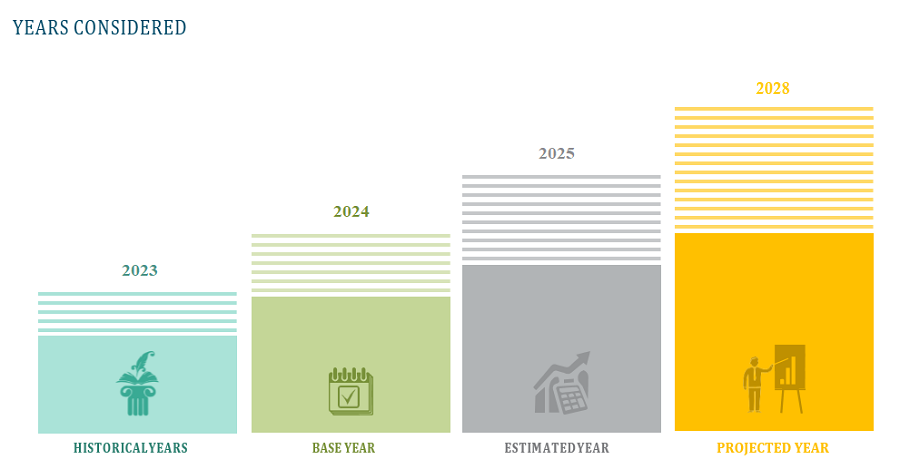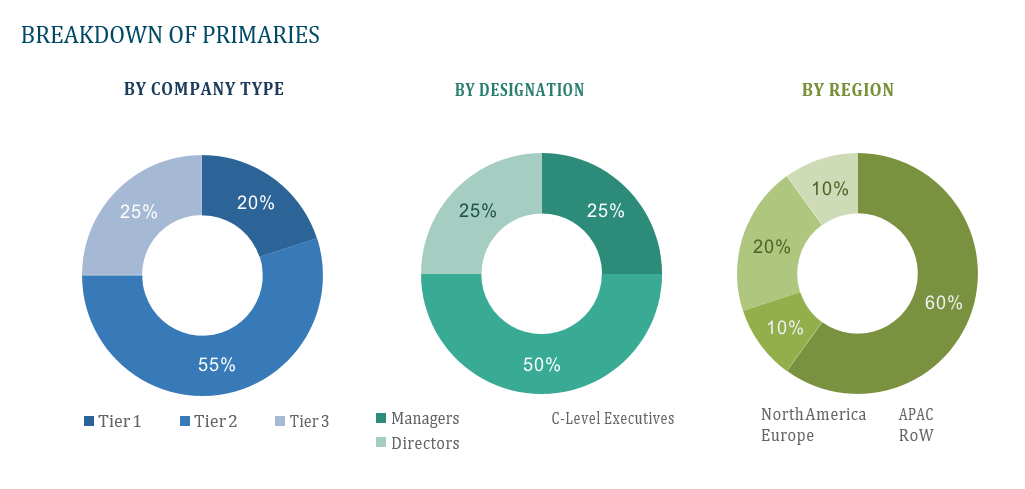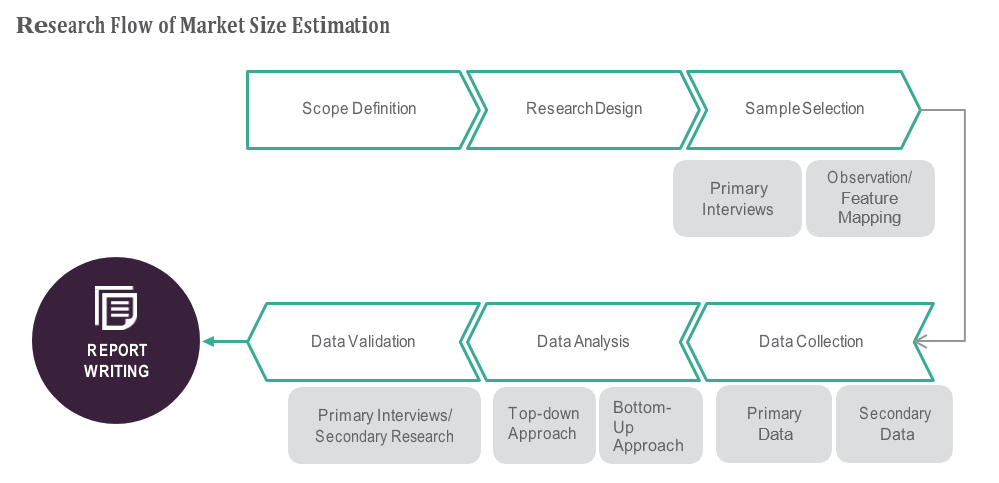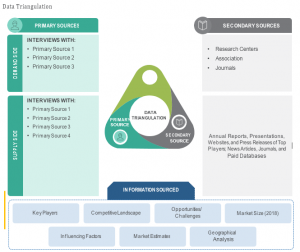OVERVIEW
Research by Global Market Studies has reported a CAGR of 7.3% for the Linear Motion Market, expecting to expand to a value of USD 14.42 billion by 2028.
The design, production and distribution of linear motion systems, components and accessories are the focus of the linear motion market, a subset of the automation sector.
Numerous sectors, including automotive, aerospace, medical, industrial and semiconductor manufacturing, are represented in the market for linear motion systems. Linear bearings, linear actuators, linear slides and linear guides are some of the essential parts of a linear motion system. These parts go into the construction of many linear motion systems, including conveyors, robots and stages.








TABLE OF CONTENT
1 Global Linear Motion Market
1.1 Study Objectives
1.2 Market Definition
1.3 Study Scope
1.3.1 Markets Covered
1.3.2 Geographic Scope
2 RESEARCH METHODOLOGY
2.1 Research Data
2.1.1 Secondary Data
2.1.1.1 Key Data From Secondary Sources
2.1.2 Primary Data
2.1.2.1 Key Data From Primary Sources
2.1.2.2 Key Industry Insights
2.1.2.3 Breakdown of Primaries
2.2 Market Size Estimation
2.2.1 Bottom-Up Approach
2.2.2 Top-Down Approach
2.3 Market Breakdown and Data Triangulation
2.4 Research Assumptions
3 Global Linear Motion Market – Executive Summary
3.1 Market Revenue, Market Size and Key Trends by Company
3.2 Key Trends By Component of Application
3.3 Key Trends segmented by Geography
4 Global Linear Motion Market – Comparative Analysis
4.1 Product Benchmarking – Top 10 companies
4.2 Top 5 Financials Analysis
4.3 Market Value split by Top 10 companies
4.4 Patent Analysis – Top 10 companies
4.5 Pricing Analysis
5 Global Linear Motion Market – Industry Market Entry Scenario
5.1 Regulatory Framework Overview
5.2 New Business and Ease of Doing business index
5.3 Case studies of successful ventures
5.4 Customer Analysis – Top 10 companies
6 Global Linear Motion Market – Market Forces
6.1 Introduction
6.2 Market Dynamics
6.2.1 Drivers
6.2.2 Opportunities
6.2.3 Challenges
6.3 Porters Analysis of Market
6.3.1 Bargaining power of suppliers
6.3.2 Bargaining powers of customers
6.3.3 Threat of new entrants
6.3.4 Rivalry among existing players
6.3.5 Threat of substitutes
7 Global Linear Motion Market – Strategic Analysis
7.1 Value Chain analysis
7.2 Product Life Cycle
7.3 Supplier and distributor analysis (Market share and product dealing strategies)
8 Global Linear Motion Market – By Component (Market Size – & million/billion)
8.1 Linear Guides, Tables, and Actuators
8.2 Ball Screws
8.3 Linear Motors and Drives
8.4 Others
9 Global Linear Motion Market – By Industry
9.1 Aerospace
9.2 Automotive
9.3 Medical and Pharmaceutical
9.4 Machining Tools
9.5 Semiconductor & Electronics
9.6 Food & Beverages
9.7 Others
10 Global Linear Motion Market – By Geography (Market Size – & million/billion)
10.1 Introduction
10.2 North America
10.2.1 US
10.2.2 Canada
10.2.3 Mexico
10.3 Europe
10.3.1 U.K
10.3.2 Germany
10.3.3 Italy
10.3.4 France
10.3.5 Spain
10.3.6 Rest of Europe
10.4 Asia-Pacific
10.4.1 China
10.4.2 Japan
10.4.3 India
10.4.4 South Korea
10.4.5 Rest of APAC
10.5 Rest of the World
10.5.1 South America
10.5.2 Middle East
10.5.3 Africa
11 Global Linear Motion Market – Entropy
11.1 New product launches
11.2 M&A’s, collaborations, JVs and partnerships
12 Global Linear Motion Market Company Profile (Key Players)
12.1 Market Share, Company Revenue, Products, M&A, Developments
12.2 Schaeffler Technologies
12.3 Rockwell Automation
12.4 THK
12.5 Nippon Thompson (IKO)
12.6 NSK
12.7 Hiwin Technologies
12.8 Robert Bosch
12.9 Timken Company
12.10 Fortive
12.11 Hepcomotion
12.12 Company 11 & more
13 Global Linear Motion Market – Appendix
13.1 Sources
13.2 Abbreviations










